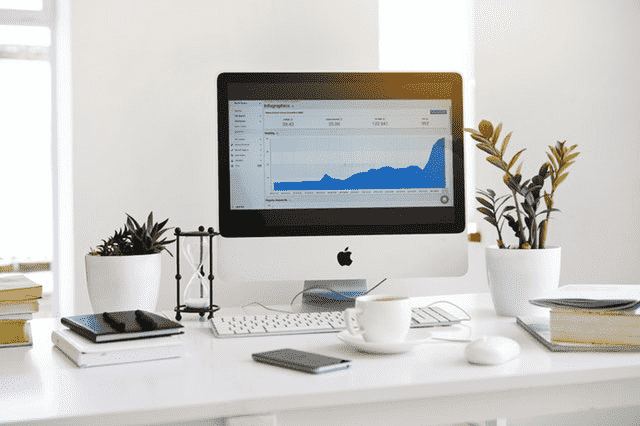Working from home and the costs involved can be reduced with a small home solar system that can reduce the power use all day.
When working from home we will have the laptop or computer, the modem and lights or light machines on to help getting the work done, the power requirements are usually around 400 watts with the coffee break maxing out around 2000 watts, but for many a small solar installation can reduce or totally eliminate the power consumed.
Small solar installation can help reduce the cost and also not have to be attached to the roof, as a section of garden space can be used, or you may use some flat roof space or a garage. typically you would want around 4 square meters of space for the solar panels.
This could be 1.74 meters by 2.1 meters, 3.3 meters by 1.1 meters, or 2.1 meters by 1.74 meters.
You will find the kits with the mounts or you can contact us and we can arrange the mounting system.
you could even have a solar tracker which gives you more power than fixed mounting systems.
There are two ways to connect the solar to the home, by a string inverter or a micro inverter, you may even want to power one of those solar power banks ac boxes, but you could lose out more if you did use one of these. A string inverter connects to two panels making higher voltage at the panels that work together to make you power, the micro inverter connects to both panels which work independently.
There are pros and cons to which you pick and while most people start small, after seeing the results they grow their solar.
Solar power converts the dc from the panels to the AC used in your home and connecting this is important. We recommend that any installation and for a simple installation you contact your local electrician and as for a new circuit installation to take place.

Click to view the kit in the shop. £60.00
This 32 amp connection is sufficient for most solar installations, as it is rated for 32 amps (7000+ Watts). An SWA (armored cable 4mm at £4.50/m) would be connected to the socket and run to the spare of the consumer unit, which in turn would be connected to a bi-directional RCBO for protection, costing approximately £35.
If you have noticed I have priced the material hardware so that you are aware of the costs before you start, We are at £95.00 before we add cable; typically this is going to be around 10-16 meters long.
Our Hoymiles 800 kit has two panels and micro inverter adding £410 bringing the total to £510.00, with a break-even point of 2.29 years based on an estimated monthly return of £20.00.
Please note, mounting has not been included in this calculation. Options for mounting could include a rail system on a garage roof, Z brackets at £20, or a custom timber ground mounting system. Alternatively, you might opt for a simple lean-to setup. I would advise securing the panels in some manner.

Choosing the right system can bring you greater benefits, especially if you opt for a battery or hybrid system. While the initial cost of a battery starts at £650, a hybrid system requires additional solar panels to activate, beginning with four panels, which can significantly increase the expense. For instance, a basic system may start at £3600. However, this investment allows you to store energy and potentially avoid grid usage for over five months annually. Additionally, you can take advantage of low-rate storage, paying only 4.7 pence per kWh as opposed to the standard 28 pence. See our energy trader post here.
For any grid tied solution without a battery, its recommended that you go small. as they are not a great benefit unless you are working from home using the power.

No responses yet